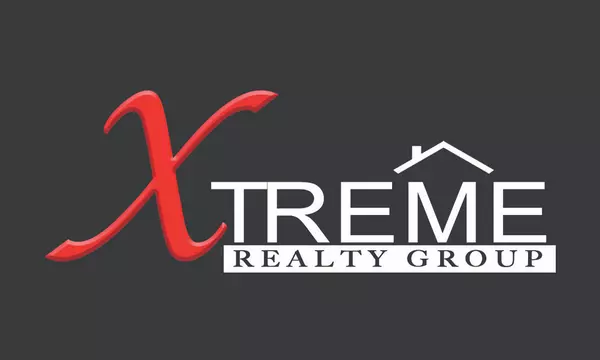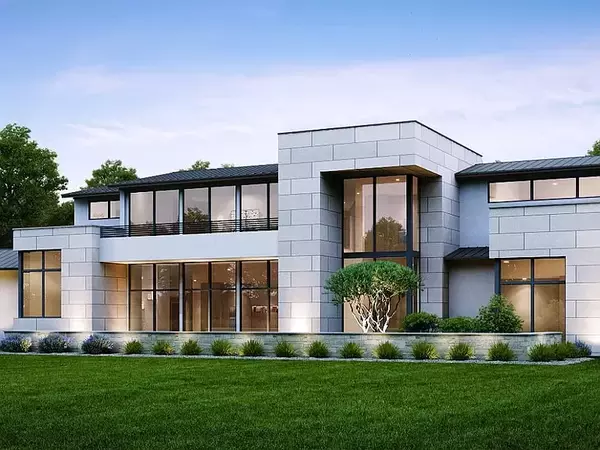Multi-Generational Living, The New Normal?


In recent years, the concept of multi-generational living has gained significant traction in the real estate market. According to recent statistics, 17% of families are now opting for this lifestyle choice, which brings together multiple generations under one roof. This shift is not just a trend; it’s becoming the new normal for many households across the United States and beyond.
One of the primary reasons families are choosing multi-generational living is the ease it brings to daily life. With rising housing costs and economic uncertainty, pooling resources has become a practical solution for many. By sharing a home, families can alleviate financial burdens, making it easier to manage expenses such as mortgage payments, utilities, and maintenance costs. The ability to share these responsibilities allows families to enjoy a more comfortable lifestyle without sacrificing their financial stability.
Designing a home that accommodates multiple generations can also be an exciting endeavor. Many buyers are now looking for properties that offer flexible living spaces. This could mean a home with an in-law suite, separate entrances, or additional bedrooms that can be converted into private living areas. The beauty of multi-generational living is that it allows families to design their homes according to their unique needs and preferences. Whether it's creating a cozy space for grandparents or establishing a playroom for grandchildren, homeowners have the freedom to tailor their environment to suit everyone’s lifestyle.
Moreover, sharing the load is not just about finances; it extends to daily responsibilities as well. In a multi-generational household, family members can collaborate on chores, childcare, and even cooking. This shared approach not only lightens the burden on individual members but also fosters closer relationships among family members. It creates an environment where everyone contributes and supports one another, making life simpler and more enjoyable.
The concept of multi-generational living is not unique to the United States; it’s a common practice in many other countries around the world. In cultures where family ties are strong, living together across generations is often seen as a natural progression of life. For instance, in countries like India and Italy, it’s customary for extended families to reside together. These societies recognize the benefits of having family close by—support during tough times, shared experiences, and cultural continuity.
As more American families embrace this model, sellers should consider how they can appeal to this growing demographic when listing their properties. Homes with adaptable layouts or those located in neighborhoods with amenities appealing to all ages will likely attract buyers looking for multi-generational options. Sellers may want to highlight features such as finished basements that can serve as separate living quarters or backyards suitable for family gatherings.
For buyers looking into multi-generational homes, understanding mortgage options is crucial. Many lenders offer specialized loans designed for families purchasing larger homes or properties with additional units. These loans may provide favorable terms or lower down payment requirements compared to traditional mortgages. Buyers should consult with mortgage professionals who understand the nuances of financing multi-generational homes and can guide them through the process.
While embracing this lifestyle offers numerous benefits, it’s essential for families considering this arrangement to establish clear communication and boundaries from the outset. Discussing expectations regarding privacy, shared responsibilities, and financial contributions can help prevent misunderstandings down the line. Setting ground rules ensures that each family member feels respected and valued within the household.
In conclusion, multi-generational living is more than just a housing trend; it's a practical solution that makes life simpler while fostering deeper familial connections. With 17% of families already embracing this lifestyle choice, it’s clear that many are discovering its advantages—financial relief through shared expenses, personalized home designs tailored to diverse needs, and strengthened bonds through collaboration.
As this model continues to grow in popularity across America, both buyers and sellers have unique opportunities in the real estate market. Whether you’re considering purchasing a home that accommodates multiple generations or selling one that fits this demand, understanding these dynamics will position you well in today’s evolving landscape.
Call me and let's begin your journey!!
Multi-generational living may very well be here to stay—and with good reason!
Recent Posts











